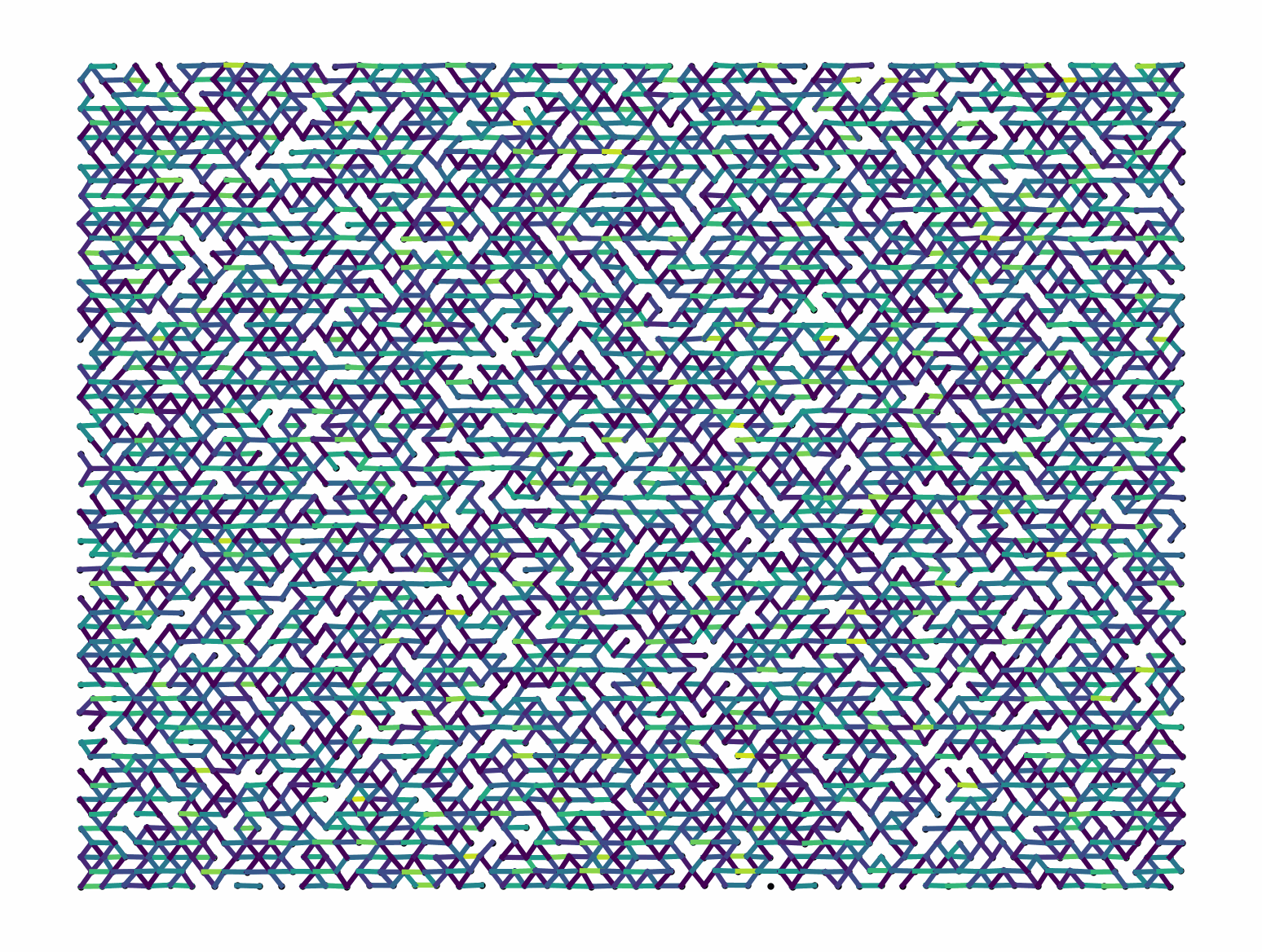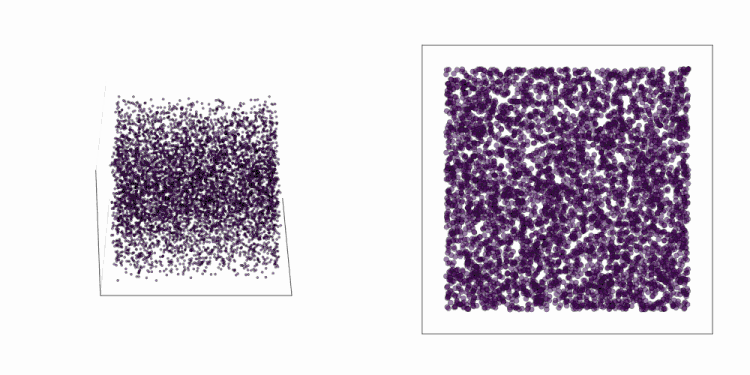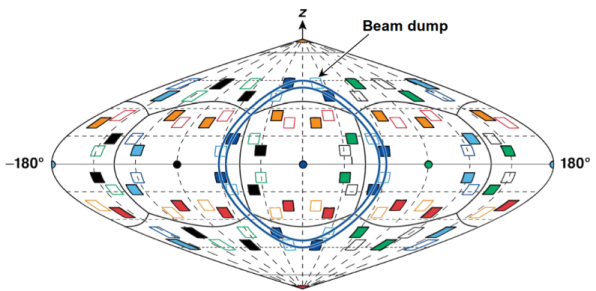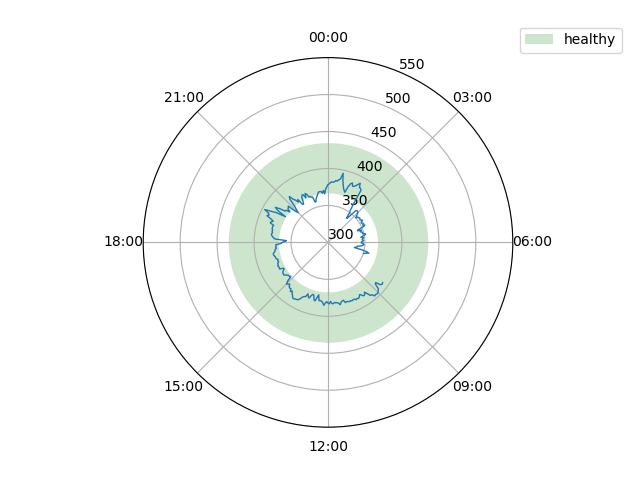PEPR Hohlraum

High uniformity hohlraum designs are essential for achieving high yield in indirect-drive inertial confinement fusion experiments. However, only recently has there been motivation toward spherical-based hohlraums.
The PEPR hohlraum is a novel geometry for the OMEGA 60-beam laser. This hohlraum would provide excellent implosion uniformity and promise insight towards spherical hohlraum performance.
View Paper (Physics of Plasmas)



